Exploring the Pros and Cons of 2.5-Inch Exhaust Band Clamps and V-Band Clamps
Selecting the right clamps is critical when designing exhaust systems for high-performance automotive, motorcycle, or marine applications. Two common options are 2.5-inch band-style exhaust clamps and reusable v-band couplers. But how do you choose between them?
In this in-depth guide, we’ll explore the unique advantages and disadvantages of both 2.5” exhaust bands and v-bands. Whether you’re looking for maximum durability, ease of installation, or strength to withstand intense pressures, understanding the pros and cons of each style will help you pick the best solution for your specific needs. Let’s dive in!
1. Clamping Mechanisms
First, a quick look at how each clamping system works:
2.5-Inch Exhaust Band Clamps
- Stainless steel band that sits in a groove on a flanged metal sleeve
- Tightening the bolt compresses sleeve flanges together for a complete seal
- No gaskets required
V-Band Clamps
- A flanged collar piece slides over the joint, and a V-shaped clamp compresses the flanges
- Do not use a full band like exhaust clamps
- Also, seals without gaskets

Both create joints without the potential leakage hassles of gaskets. But the sealing performance differs:
2. Sealing Performance
Preventing exhaust leaks is critical for performance and safety. Here's how the clamps compare:
2.5-Inch Exhaust Band Clamps
- Provide a consistent 360-degree seal with no weak points
- Maintain tight seal even when piping expands at high temps
- Greater durability than gaskets for long-term leak prevention
V-Band Clamps
- Also, deliver gas-tight seal when installed properly
- More prone to leaks if low-quality materials are used
- Seal integrity relies entirely on precise fitment and bolt torque
The band clamp's full-circumference design seems to have a slight edge for critical applications where leaks are unacceptable. Next, let's look at strength.
3. Strength and Durability
Performance exhaust systems experience intense vibration, pressures, and heat cycling. Here's how the two clamp options compare:
2.5-inch Exhaust Band Clamps
Pros:
- Proven to maintain constant clamping force long-term
- Resist fatigue, cracking, and relaxation through extreme temperature cycling
- Immune to loosening under vibration
Cons:
- Potential for band failure if subpar materials are used
V-Band Clamps
Pros:
- It is also very robust when high-grade stainless steel used
- Resilient connections remain intact despite pipe expansion
Cons:
- More prone to fatigue failure if poor quality
- It can loosen over time depending on the installation
Both deliver tremendous durability in racing environments when properly engineered. V-bands are more dependent on precise fitment and clamping force.
4. Cost Considerations
You’ll also want to weigh the cost differences when selecting clamp types:
V-Band Clamps
- Relatively affordable, usually $25 to $60 each
- Off-the-shelf convenience for common sizes
2.5-Inch Exhaust Band Clamps
- Around $35 to $75, depending on materials and bandwidth
- Custom lengths may be required
Pricing is similar between good quality v-bands and band clamps in the 2 to 3-inch range. V-bands have a small cost advantage if only standard sizes are needed.
5. Reusability
The ability to disconnect and retighten is helpful for maintenance and mods:
V-Band Clamps
- Reusable many times with proper disassembly
- No gaskets to replace
2.5-Inch Exhaust Band Clamps
- Reusable, but bands must be carefully removed to avoid damage
- Gasket replacement is recommended for optimal sealing
V-bands win out for frequent disassembly thanks to their no-gasket design. But band clamps can be reused with care.
6. Ideal Applications
When to choose V-Band Clamps:
- Simple pipe-to-pipe connections
- Systems are frequently disassembled for maintenance
- Need common v-band sizes like 2.5” or 3” diameter
- Ease of installation is the top priority
When to choose 2.5” Exhaust Band Clamps:
- Critical connections needing robust sealing
- Cross-diameter junctions requiring size flexibility
- High temperature/pressure race applications
- Custom sizing is needed to fit unique headers or piping

Conclusion
For critical joints on high-end race exhausts, 2.5-inch band clamps deliver tremendous durability, flexible sizing, and exceptional sealing performance. Their 360-degree design provides peace of mind against leaks in demanding applications.
V-bands offer slightly faster installation and reuse, along with off-the-shelf convenience. But for race-duty exhaust systems, band clamps provide that extra degree of resilience and fitment flexibility needed for ultimate safety and reliability, especially in custom one-off systems.
Always choose premium brands known for quality materials and precision manufacturing when sourcing parts. Companies like EVIL ENERGY offer discounted top-notch exhaust components designed specifically for the harsh demands of racing. Don’t trust cheap clamps with expensive exhaust systems and irreplaceable engines!
|
|
2.5” Exhaust Band Clamps |
V-Band Clamps |
|
Clamp Mechanism |
Full band with flanged sleeve |
V-shaped flanges with partial clamp |
|
Sealing Ability |
Consistent 360-degree seal. Very resistant to leaks. |
Also seals well when installed properly. More prone to leaks from low quality. |
|
Strength |
Extremely durable with minimal relaxation over time. |
It is also very strong but more dependent on proper installation. |
|
Cost |
$35-$75 for quality bands.
|
$25-$60 per off-the-shelf clamp. |
|
Reusability |
It can be reused with care. Requires new gaskets. |
Easily disconnected and retightened. No gaskets. |
|
Ideal Applications |
Custom race systems that need precise fitment and maximum sealing. |
Simple connections that are disassembled frequently for maintenance. |


![EVIL ENERGY 4/6/8/10AN PTFE Fuel Line Kit | E85 Nylon Braided Hose | 16/20FT Black Black with Comprehensive Fittings [20FT]](http://www.ievilenergy.com/cdn/shop/files/Test-2025-Evilenergy-125598065_165x.png?v=1742144807)
![ptfe hose fitting kit [16FT]](http://www.ievilenergy.com/cdn/shop/files/Test-2025-Evilenergy-125598171_165x.png?v=1742144807)
![CPE Fuel Line[25FT]](http://www.ievilenergy.com/cdn/shop/files/25FTCPE_FuelLine_165x.png?v=1735220649)
![CPE Fuel Line[20FT]](http://www.ievilenergy.com/cdn/shop/files/20FTCPE_FuelLine_165x.png?v=1735220649)

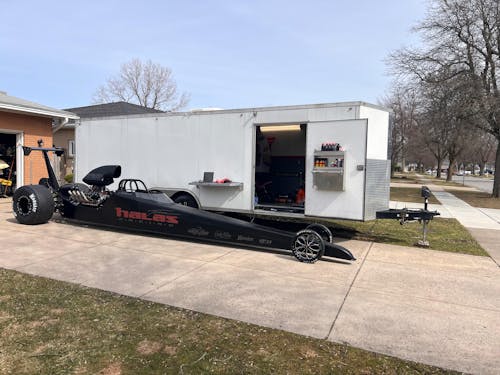

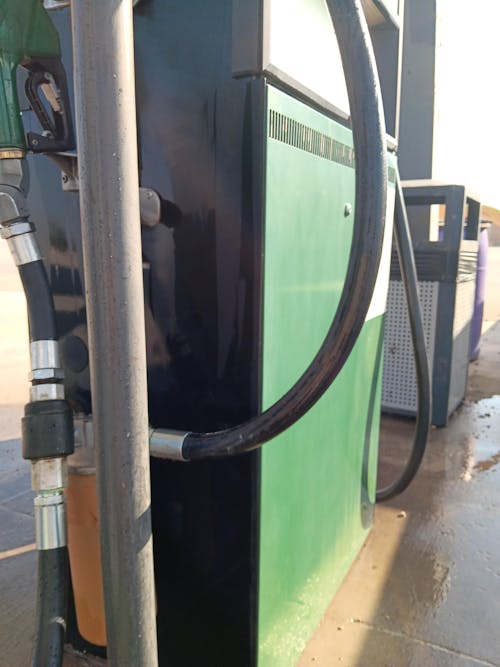

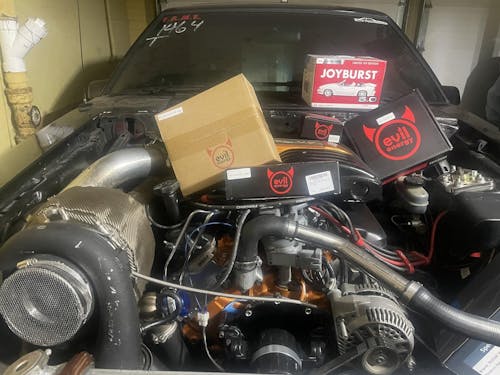
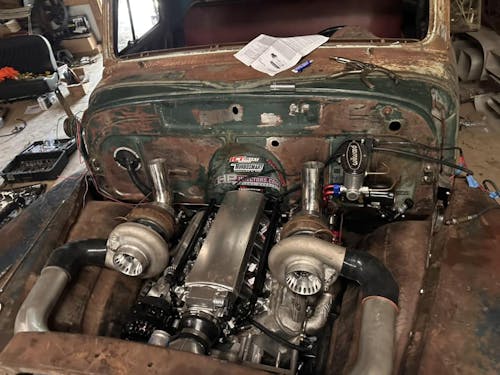
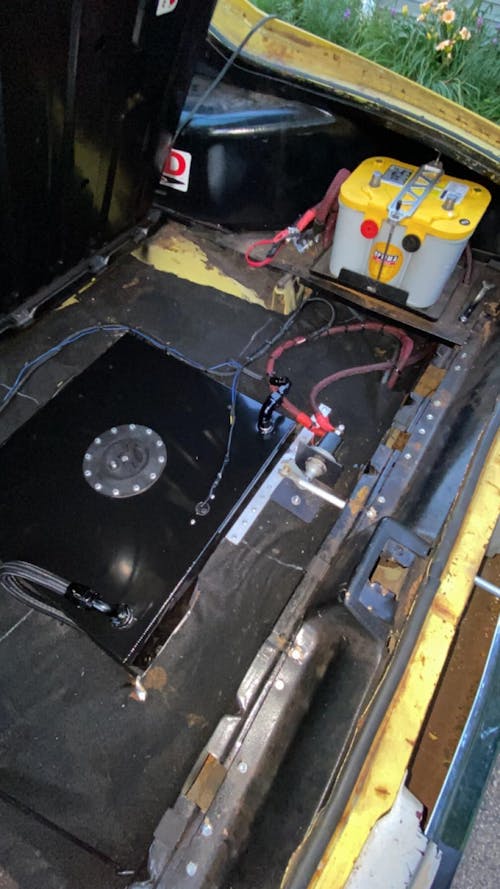

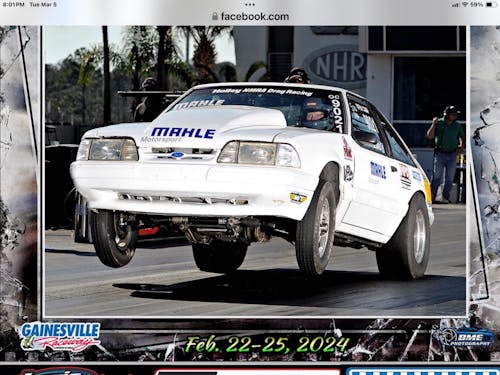
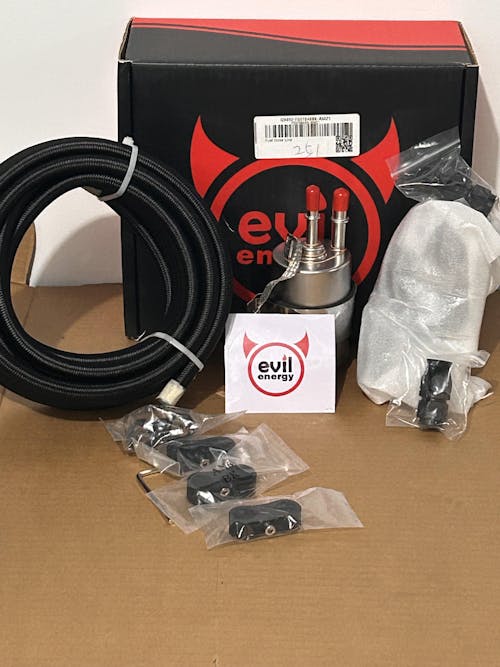
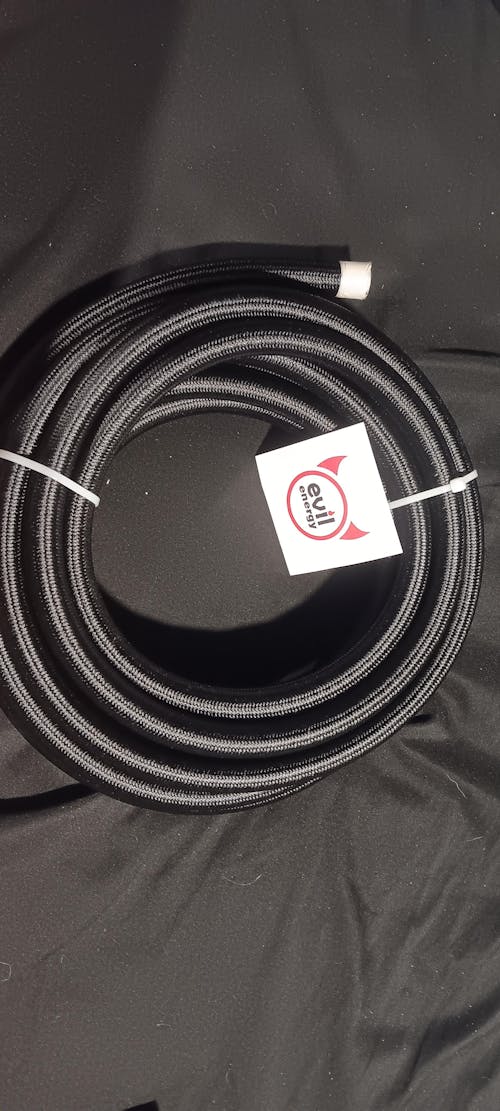
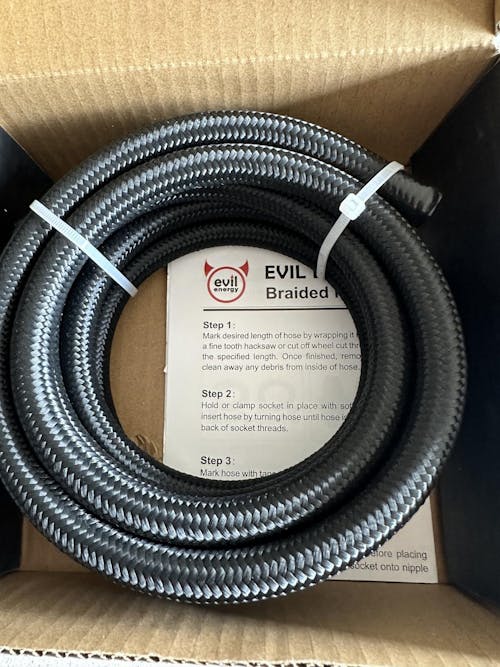

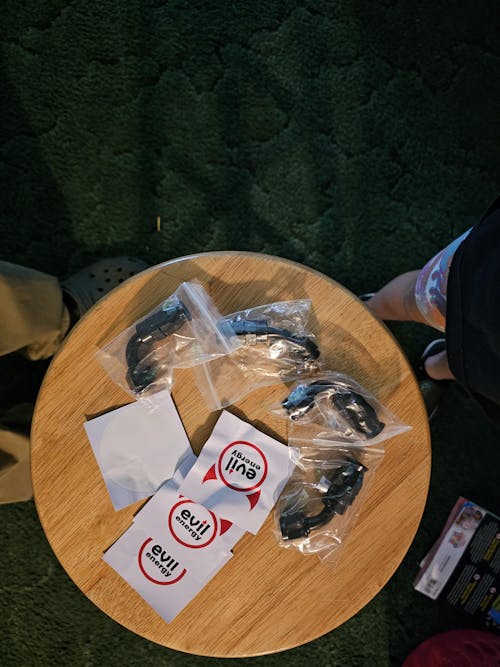
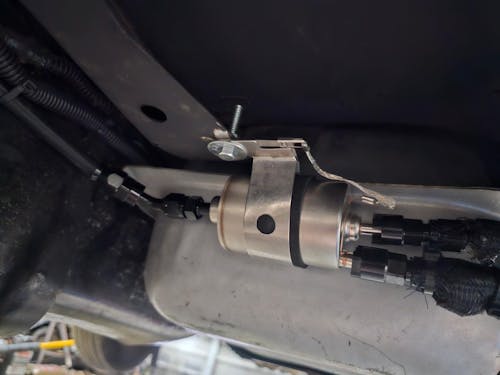
1 comment
I have purchased a TIG welder and appropriate materials for welding “V-Clamps” on my 2 1/2” exhaust that it is stainless steel to 300 series stainless steel OEM tubing. The question comes up time after time about “V-Bands” warping during welding. I get it, but using everything from a spaced tack, to a wet rag, to placing metal to absorb heat should minimize any warping after welding. I have been welding MIG since 1984 when I bought this machine new. I understand the challenges anyone welding thinner flanges onto thinner pipe, cleaned with Stainless steel brush only, clean with acetone and positioned on pipe to a square internal pipe cut and temperature controlled products used to minimize any warpage. Please email me if I missed anything? Thanks kindly, retired certified auto tech, ASE Master tech since 1978.